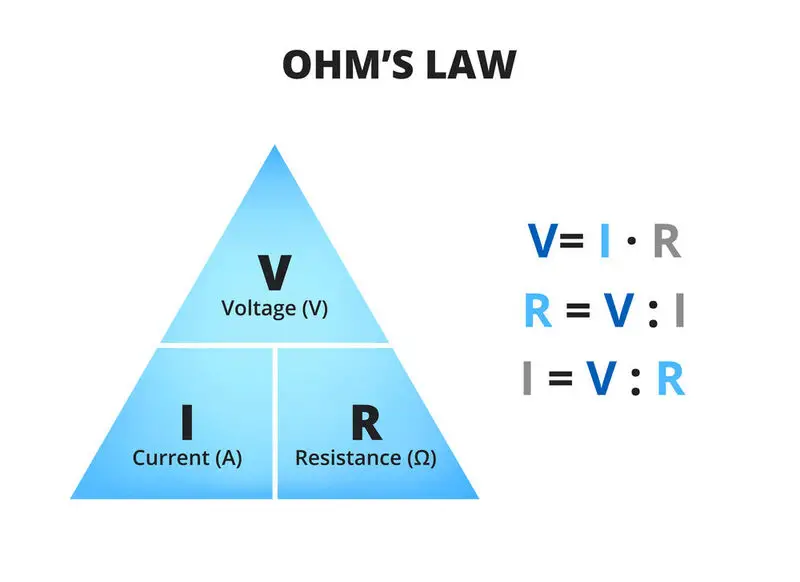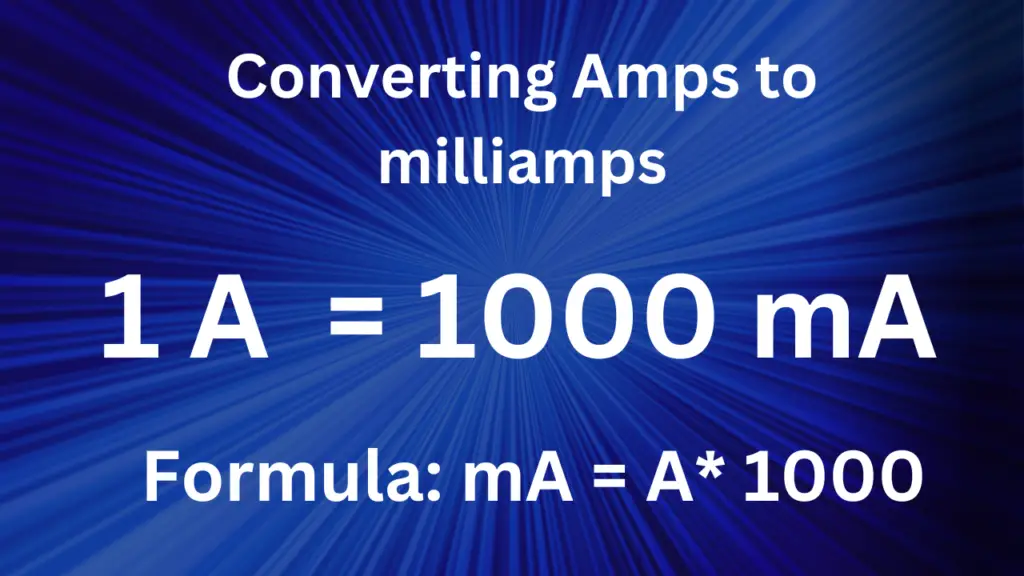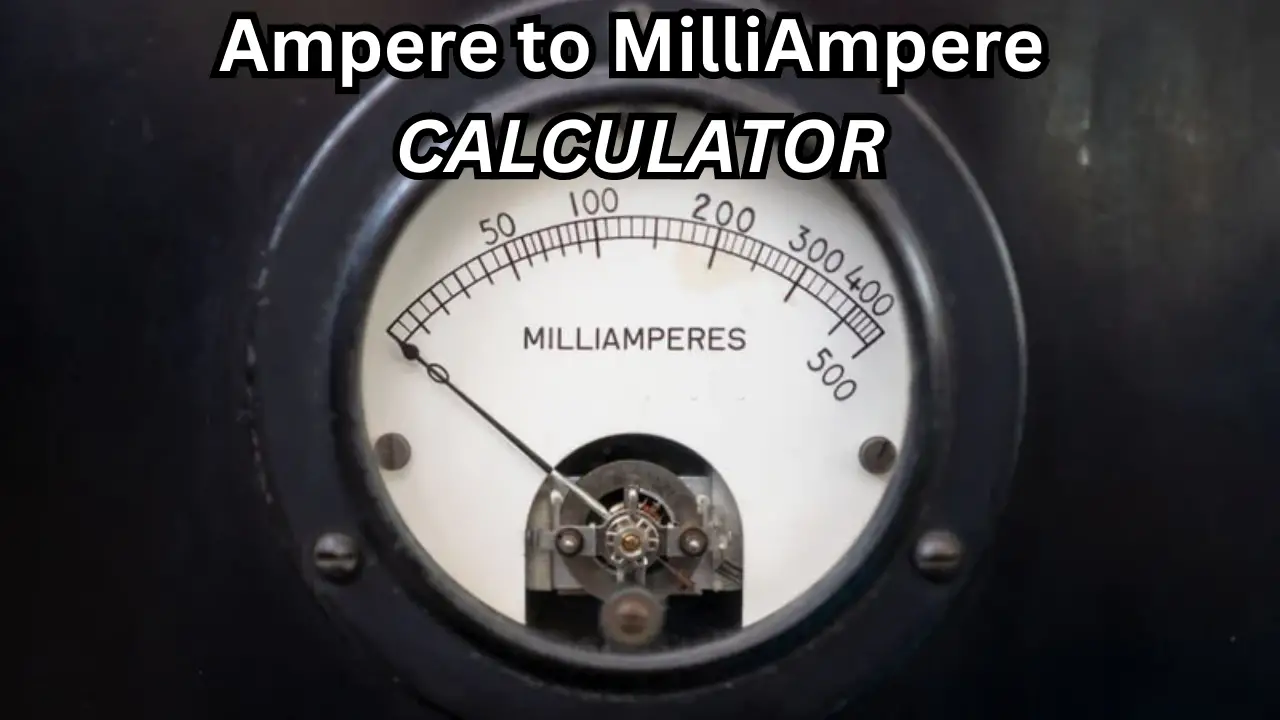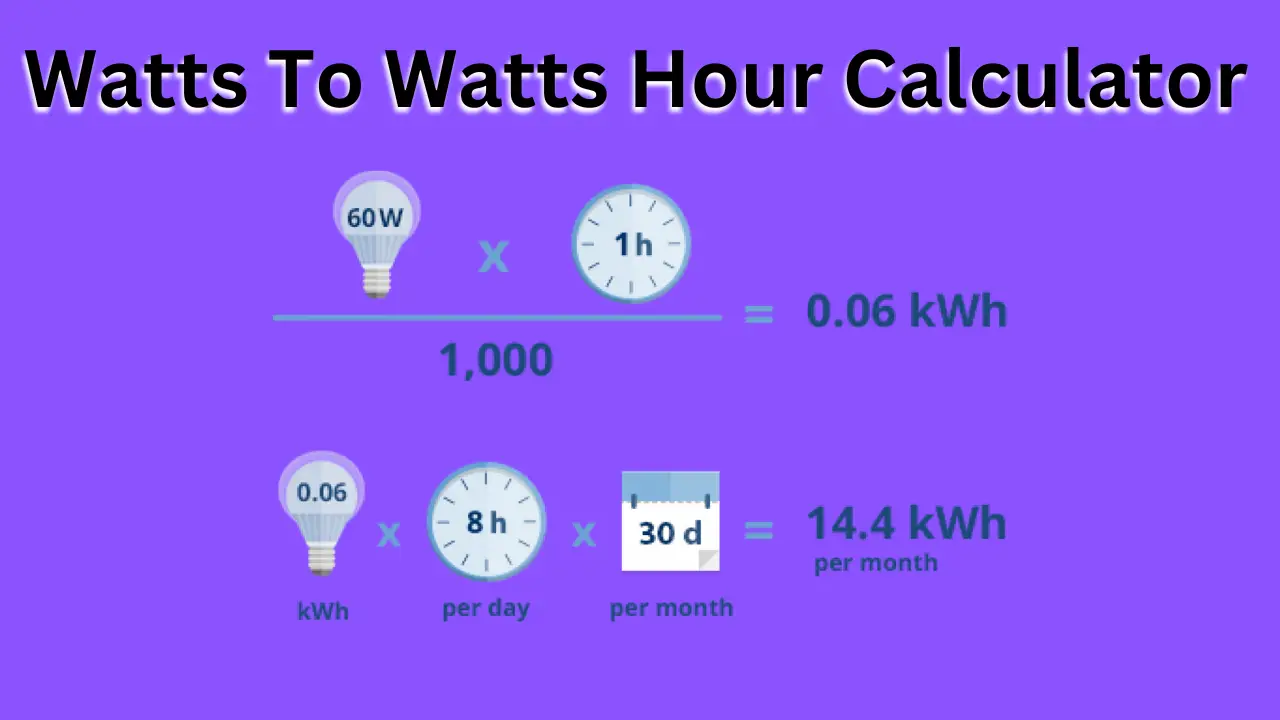When it comes to electrical measurements, understanding the relationship between different units is crucial. One such conversion that often arises in electrical engineering and electronics is the conversion between amperes (A) and milliamperes (mA).
Fortunately, with the advent of technology, calculating these conversions has become significantly easier. In this article, we will explore the benefits and functionality of an Ampere to Milliampere Calculator, empowering you to simplify your electrical calculations effortlessly.
What does an amp mean?
The electrical current constant equivalent to the flow of one coulomb per second is the ampere, sometimes known as an “amp.”
A constant current was originally described as producing a force of 0.0000002 newtons per meter of length when it is passed through two parallel, straight conductors that are separated one meter apart.
The ampere was changed in 2019 to represent the flow of 1/(1.602 176 634 10^-19) elementary charges per second in an electric current.
The ampere serves as the metric system’s foundation unit for measuring electric current. Sometimes, an amp will also be used to refer to an ampere. A is a common abbreviation for amperes. Therefore, 1 ampere might be written as 1 A.
History and Origin
In honor of French physicist André-Marie Ampère’s contributions to electromagnetic and electrodynamics, the ampere bears his name. The ampere has undergone numerous definition changes since its first definition as one-tenth of an ampere.
Ohm’s Law and Amperage
According to Ohm’s Law, the voltage between any two locations on a conductor is directly proportional to the current, while the resistance is inversely proportionate. By applying Ohm’s Law, resistance and voltage can be used to express the current in amperes.

The current in amps is calculated by dividing the potential difference in volts by the resistance in ohms.
What is a milliampere?
The electrical current that is equal to the passage of one coulomb per second is one milliampere or 1/1,000 of an ampere.
The SI base unit for electric current is the ampere, and the milliampere is a multiple of the ampere. “Milli” serves as the metric prefix for thousandths or 10^-3. Sometimes a milliampere is referred to as a milliamp. The abbreviation for milliamperes is mA; for instance, one mA can be used to represent one milliampere.
How Many Milliamperes Are in an Ampere?
We use this amount in the formula above because there are 1000 milliamperes in an ampere.
1 A = 1,000 mA
Electric current is measured in both amps and milliamperes. To find out more about each unit of measurement, continue reading.

How to Convert A to mA: Amps to Milliamps
To convert amperes (A) to milliamperes (mA), you need to multiply the value in amperes by 1000.
Formula:
milliamperes = amperes × 1,000
mA = A * 1000
Here are three examples of converting amperes to milliamperes:
Example 1:
Amperes (A): 3A to Milliamperes (mA):
3A * 1000 = 3000 mA
So, 3 amperes is equal to 3000 milliamperes.
Example 2:
Amperes (A): 0.5A to Milliamperes (mA):
0.5A * 1000 = 500 mA
Therefore, 0.5 amperes is equal to 500 milliamperes.
Example 3:
Amperes (A): 0.05A to Milliamperes (mA):
0.05A * 1000 = 50mA
Hence, 0.05 amperes is equal to 50 milliamperes.
How to Convert mA to A: Milliamps to Amps
Need to convert in the other direction?
Divide the amps by 1000 to convert milliamps to amps.
The formula we know:
amps = milliamps / 1000
A = mA / 1000.
Example:
Consider the case where you have some LED string lights. You notice that the lights use 100 milliamps after looking at their label.
To convert this amount to amps, follow these steps:
milliamps / 1000 = amps
100 mA ÷ 1000 = 0.1 A
As a result, in this example, turning on your lights uses 0.1 amps of current.
Chart of Amps to Milliamps Conversion
Here is a table that converts common amp values to milliamp values.
| Amps (A) | Milliamps (mA) |
| 0.01 A | 10 mA |
| 0.02 A | 20 mA |
| 0.03 A | 30 mA |
| 0.04 A | 40 mA |
| 0.05 A | 50 mA |
| 0.06 A | 60 mA |
| 0.07 A | 70 mA |
| 0.08 A | 80 mA |
| 0.09 A | 90 mA |
| 0.1 A | 100 mA |
| 0.2 A | 200 mA |
| 0.25 A | 250 mA |
| 0.3 A | 300 mA |
| 0.4 A | 400 mA |
| 0.5 A | 500 mA |
| 0.6 A | 600 mA |
| 0.7 A | 700 mA |
| 0.75 A | 750 mA |
| 0.8 A | 800 mA |
| 0.9 A | 900 mA |
| 1 A | 1000 mA |
| 2 A | 2000 mA |
| 3 A | 3000 mA |
| 4 A | 4000 mA |
| 5 A | 5000 mA |
Applications and Benefits
The Amp to Milliamp Calculator has a wide range of uses and benefits, including the following:
- Electrical Engineering: When working with electrical circuits or power systems, engineers and technicians can swiftly change current levels to meet their needs.
- Electronics Manufacturing: The calculator helps with quality control and makes sure that specifications are followed throughout the production of electronic equipment.
- Education and Training: Electrical and electronic students and learners can use the calculator to put their conversion skills to the test and improve their comprehension of current measurements.
Conclusion
The ability to convert between milliamperes and amperes is crucial when dealing with electrical currents. This procedure is made easier by the Amp to Milliamp Calculator, which enables quick and precise conversions. The calculator removes the need for manual calculations, which saves time and lowers the possibility of mistakes.
An Amp to Milliamp Calculator is a useful tool for engineers, technicians, students, and anybody else working with electrical systems to increase productivity and efficiency. Utilize this useful tool to simplify your current conversions right away.





